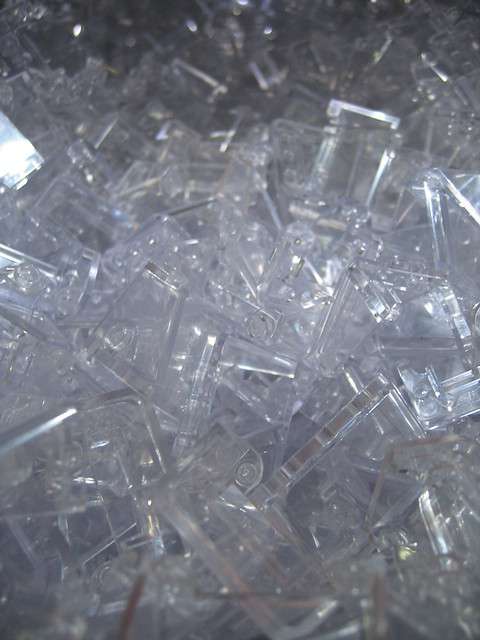
Clear plastic packaging is found on many products where visibility is important for marketing purposes and accentuating product appeal.
Image Source: Flickr user jenny downing
Plastic…it’s everywhere. That clear color wrapping can be found on nearly any manufactured product you can think of: food, toys, sporting goods, electronics. All of these common items can be found coated in clear material, but is there really a true measurement of clear color?
Clarity is, in fact, an important feature of plastic and it can be measured by the analysis of haze in the sample material. The appearance of clear plastic is gauged by the cloudiness or haziness of the material to determine visibility. Haze is the only true measurement of clear color and can be quantified and monitored through the use of spherical spectrophotometric technology.


